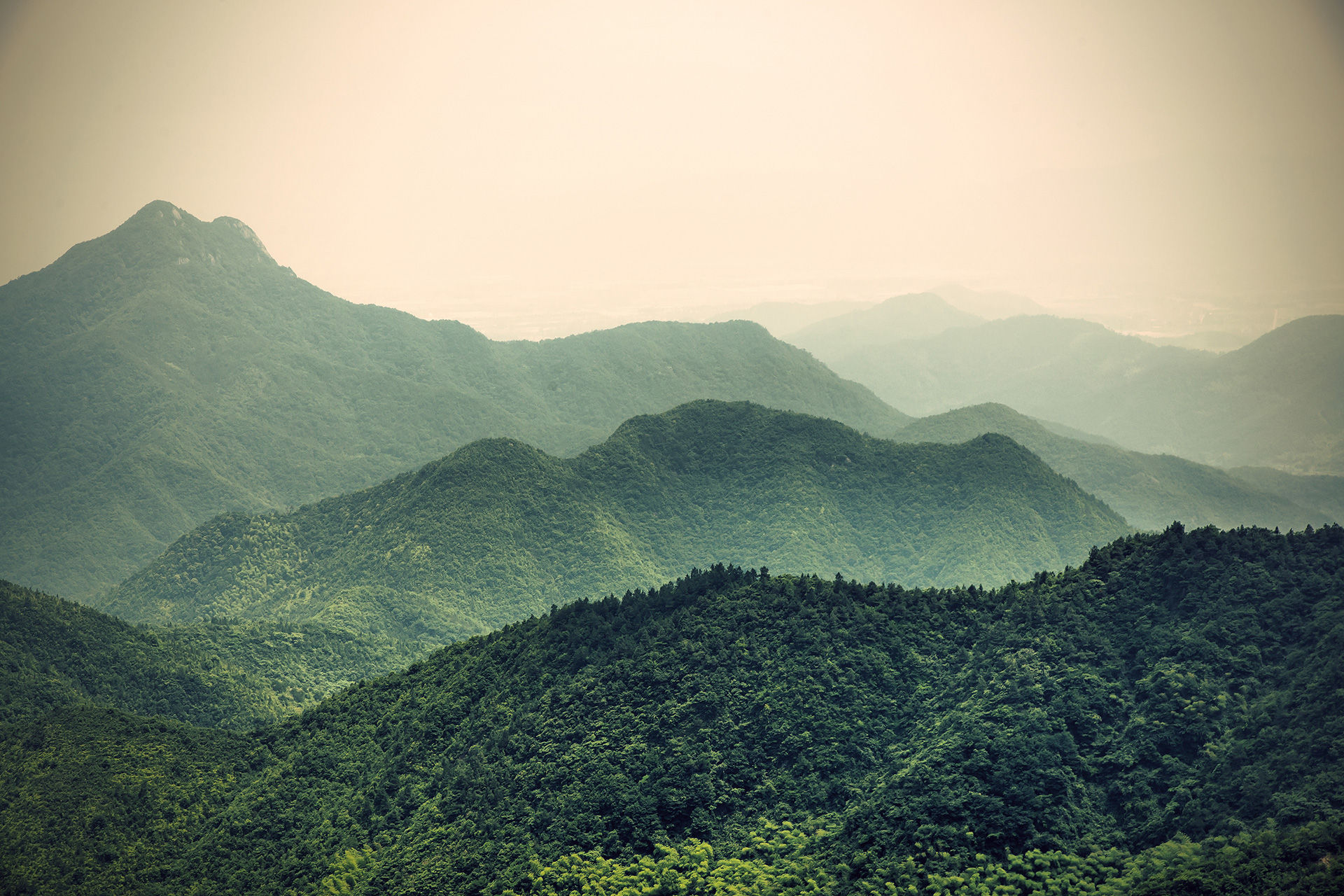
Mountain Biking (P1)
Mountain biking is a sport which involves riding a specially designed off-road bicycle, mostly over rough terrain. This sport requires physical fitness, core strength and balance to enable riders to compete effientlely and effectively. Most mountain bikers ride their bikes in the countryside on trails and footpaths as the terrain provides challenges for the competant level. Also they involve aspects such as ramps where the bikers can perform jumps which make the ride more exciting. Some bikers even make their own ramps in the countryside.

What equipment is required?
First of all, a well maintained mountain bike will be the most important piece of equipment when participating in mountain biking. Maintaining the bike will ensure that it is working at its full capacity and and is safe to ride. A mountain bike helmet will be required to protect the head from dangerous terrain and surroundings if they fall off of the bike. Helmets are compulsary for the beginner mountain bike rider. Elbow, knee and shin pads are an optional piece of equipment to protect these body parts from being damaged should the participant lose balance and fall from the bike. Depending on the weather conditions, comfortable and warm sport clothing would be reccommended, but it isn't advisable to wear 'baggy' trousers as it may get caught in the chain for example.
Mountain/road bike M Check
Correct riding positions on a Mountain Bike:
Skills and techniques required (P3):
There are specific skills and techniques required to be able to participate in mountain biking efficientlly, such as:
-
Balance: Balance will be required to be able to stay on the bike and change the seating position when the terrain and gradient changes.
-
Confidence: Confidence is one of the most important skills needed as it allows riders to perform in specific areas more efficiently. Without confidence, riders will find it extremely difficult to believe in themselves and improve their own performance.
-
Being Prepared: Being prepared will allow riders to brake when needed, such as in avoiding dangerous hazards in front of them. It also allows riders to anticipate specific manoeuvres when they are not expecting them, such as another rider lying on the floor unconscious.
-
Planning ahead: Planning ahead will allow riders to decide what to do before they perform them, such as swerving around obstacles and rocks. Also riders always cover their hands above the brakes in case they encounter an obstacle which require them braking hard immediately to be able to stop.
The 'M check' ensures that every aspect of the bike is safe to use before using the bike.
-
When the gradient increases, it is important to lean forward with your chest with the elbows out. This allows riders to cycle up a hill efficiently
-
When the gradient decreases, it is advisible for riders to lean right back towards the rear tyre, pointing the coccyx over the tyre. This provides more balance for both the rider and the bike, this may increase the amount of control for the rider
Mountain Biking Risk Assessment (P2)
Compare and contrast skills and techniques required for Mountain Biking and Rock Climbing (M2:)
In these two land-based activities, there is a number of similarities and differences:
Similarities:
Both of these activities require a large amount of confidence as they both need self motivation and self-esteem. Confidence allow participants and activity leaders to perform every aspect of the activities at a high level, which is helpful in staff training and specific competitions. Planning ahead is essential in both Mountain Biking and Rock Climbing as participants and activity leaders need to plan ahead their next step, sometimes immediately which can be challenging. Planning ahead makes sure the participants know exactly which is the safest and most efficient route to take. Being prepared is also important for both Rock Climbing and Mountain Biking as activity leaders need to have a strategic overview of the activity, identifying the risks that could occur and safety requirements and to continually monitor them.
Differences:
There are specific skills and qualifications needed to be an instructor/leader. Some of these skills will be different because Rock Climbing and Mountain Biking are two different land-based activities which means different skills and qualifications are required. For example in Mountain Biking an instructor will need to have a Level 1 or 2 MIAS (Mountain Bike Instructor Award Scheme) award to be able to lead beginners. Whereas a Rock Climbing instructor needs a mountaineering qualification such as an MIC or an SPA.
Top 5 places to go Mountain Biking:
Click on any of the images below to find out more about Mountain Biking:
Evaluate the skills and techniques to successfully perform in two different land-based outdoor and adventurous activities (D1)
10 bike events not to miss in 2016:
-
Iditarod- Alaska
-
Crankworx Rotorua- New Zealand
-
Simple Session- Estonia
-
UCI MTB World Cup- France
-
UCI XCO MTB World Championships- Czech Republic
-
X Games- United States
-
Tour De France- France
-
Redbull Joyride- Canada
-
UCI DH MTB World Championships- Italy
-
Red Bull Rampage- Utah





